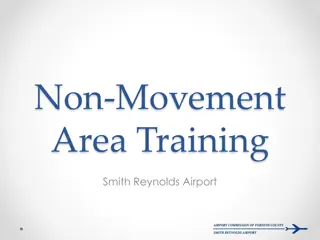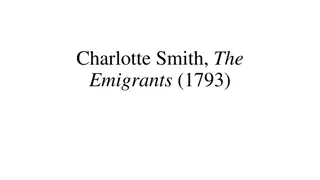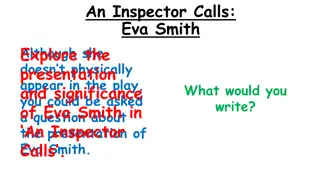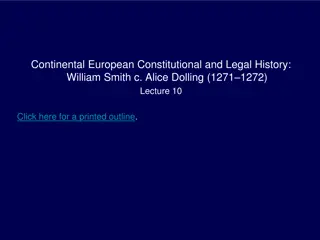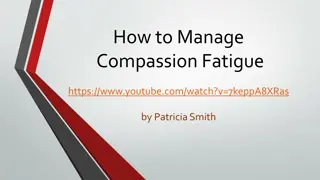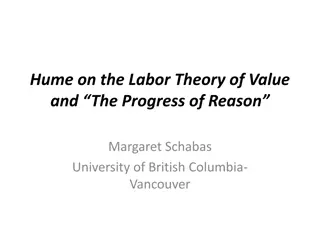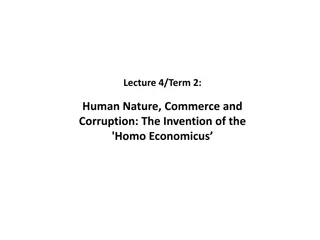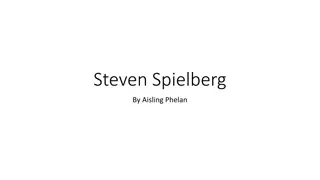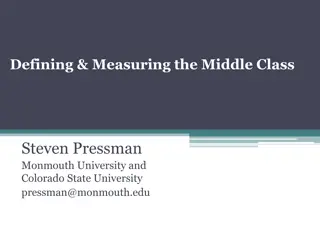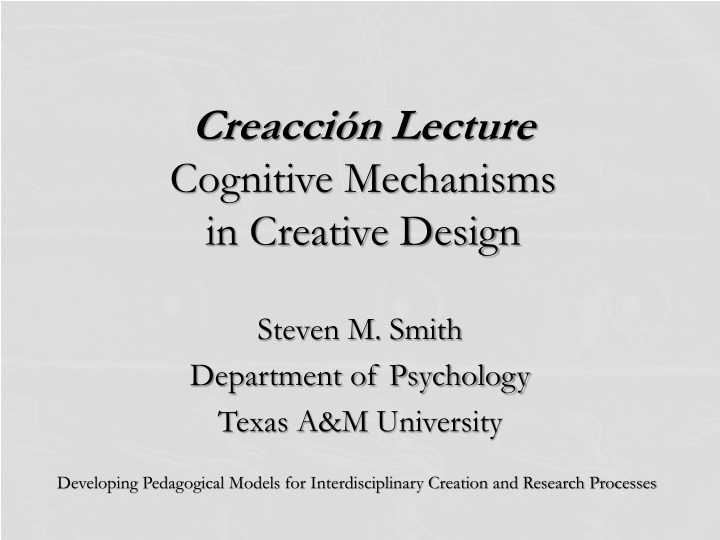
Exploring Cognitive Mechanisms in Creative Design and Cognition
Discover the cognitive processes behind creative design and cognition in this insightful lecture. Understand the importance of studying creative thinking, generative processes, and the benefits of mind-wandering. Explore creativity through ideational structures, divergent production, and opportunistic assimilation.
Download Presentation

Please find below an Image/Link to download the presentation.
The content on the website is provided AS IS for your information and personal use only. It may not be sold, licensed, or shared on other websites without obtaining consent from the author. If you encounter any issues during the download, it is possible that the publisher has removed the file from their server.
You are allowed to download the files provided on this website for personal or commercial use, subject to the condition that they are used lawfully. All files are the property of their respective owners.
The content on the website is provided AS IS for your information and personal use only. It may not be sold, licensed, or shared on other websites without obtaining consent from the author.
E N D
Presentation Transcript
Creaccin Lecture Cognitive Mechanisms in Creative Design Steven M. Smith Department of Psychology Texas A&M University Developing Pedagogical Models for Interdisciplinary Creation and Research Processes
Approaches to the Study of Creativity 1. Creative Products 2. Creative Personalities 3. Creative Processes
What is Creativity? Creative Processes Creative Cognitive Processes Knowledge/Skill Divergent Production Fixation Intuitive Guiding Opportunistic Assimilation Mind Wandering Visual Synthesis Cognitive Restructuring Structured Imagination Abstract Thinking Conceptual Combination Analogical Transfer
Why do we need to study Creative Cognition? 1. To know how to train creative thinking. 2. To create new tools to support creative thinking. 3. To support the process of creative design.
Creative Cognition Generative Processes Exploratory Processes Producing Ideational Structures Exploring Ideational Structures
Creative Cognition Generative Processes Exploratory Processes Divergent Production Intuitive Guiding Mental Play Opportunistic Assimilation Cognitive Restructuring Structured Imagination Abstract Thinking Conceptual Extension Conceptual Combination Analogical Transfer
MIND-WANDERING Highly volatile & easily distracted thinking, a scattered mind Attention becomes disengaged from the immediate external environment and focused on internal trains of thought. a goal-driven process, albeit one that is not directed toward the primary task (Smallwood & Schooler, 2006) Costs of mind-wandering: Reading, Attention, aptitude What are some possible benefits of mind-wandering? Incubation and Insight
OPPORTUNISTIC ASSIMILATION conscious conscious threshold unconscious leaves Boosting Activation Above Threshold
Mental Play: VISUAL SYNTHESIS Playing with forms to generate pre-inventive structures for exploring
Structured Imagination existing concepts and schemas. New (creative) ideas are based on
Structured Imagination existing concepts and schemas. New (creative) ideas are based on Path of Least Resistance with a basic level category, and then become more specific. Conceptual extension tends to begin
Redefining Problems Abstraction promotes creative ways to redefine problems.
Redefining Problems Abstraction promotes creative ways to redefine problems. Abstract Thinking Analogical Transfer Conceptual Combination
ABSTRACT THINKING A hierarchical approach
Creative Cognition: A Big Picture Generating Preinventive Knowledge Structures Divergent Thinking Intuitive Guiding Fixation Incubation & Insight Exploring & Playing with Knowledge Abstraction Conceptual Extension Analogical Transfer Conceptual Combination
Creative Cognition A flexible collaboration of many different cognitive processes, each contributing in its own way.




